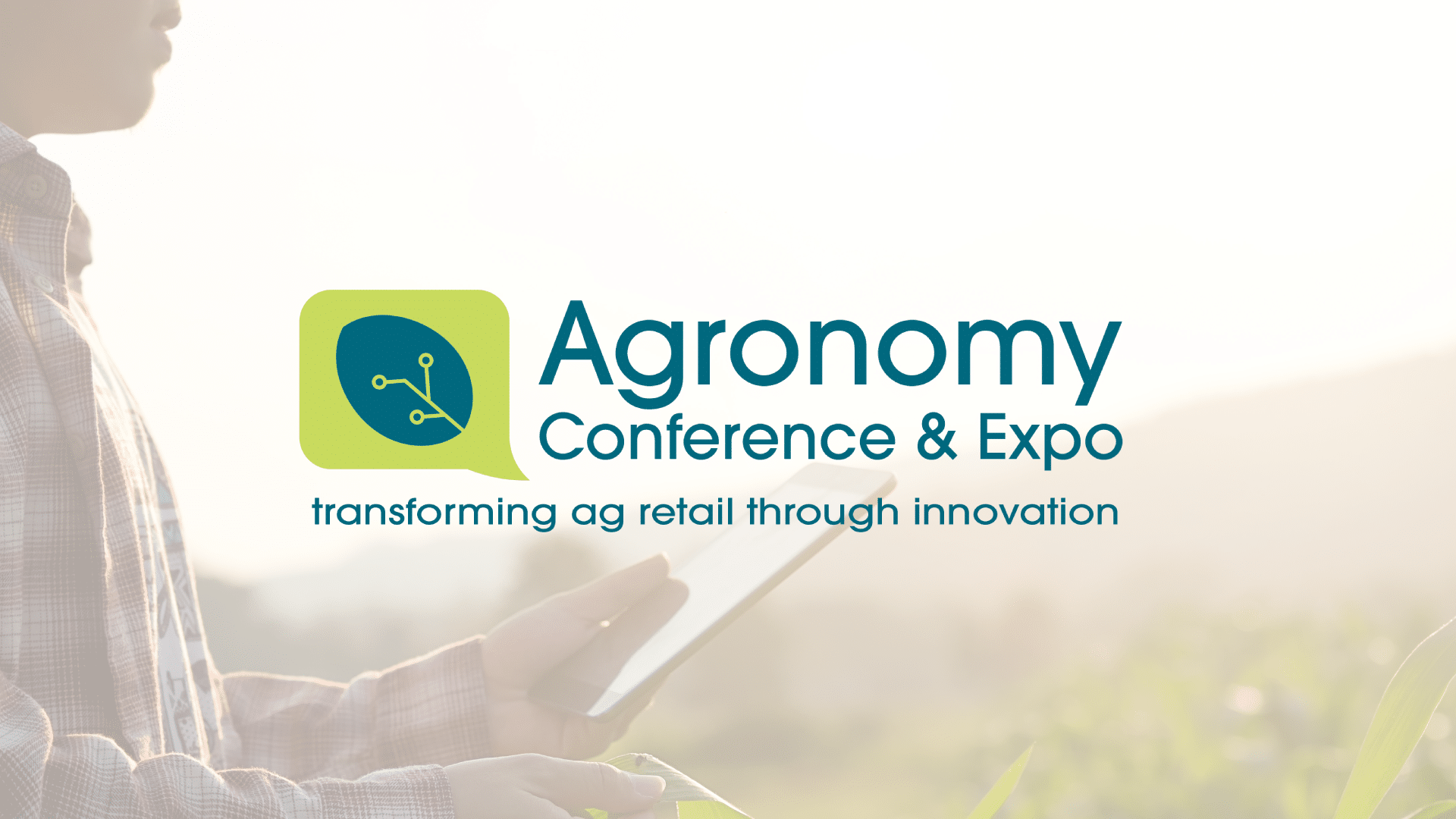The fertilizer industry is constantly innovating. Whether the decarbonization efforts of nitrogen fertilizer producers, to the development of new products, we pursue continuous improvement in both the way we produce our products and the use of these products.
Decarbonization
Nitrogen fertilizer producers are innovating and assisting with the transition to clean energy by seeking to decarbonize to accelerate the availability of low-carbon ammonia.
Carbon Capture and Sequestration (CCS)
For a typical modern nitrogen fertilizer production facility, approximately two-thirds of the facility’s CO2 emissions are captured in a highly concentrated form. Large quantities of these process emissions are utilized to upgrade ammonia into urea, another fertilizer product that also has industrial applications. An additional one-third of a typical ammonia facility’s CO2 emissions are generated from combustion. Capturing and concentrating the emissions prior to preparation for pipeline injection requires new technological developments with substantial capital and operating costs.
In the U.S., there are currently 13 commercial scale facilities capturing and safely storing CO2 with nearly 90 more publicly announced carbon capture, removal, transport, and storage projects in various stages of development. As reported in The Fertilizer Institute’s 2021 Sustainability Report, 31% of GHG emissions were captured per nutrient ton in 2020, a 368% increase over GHG emissions captured in 2013. As the industry continues to capture more process GHG emissions, robust CCS infrastructure including sequestration facilities and transportation is needed.
Enhanced Efficiency Fertilizers (EEFs)
EEFs are fertilizer products that target minimizing nutrient losses by slowing nutrient availability. These fertilizers can either slow the release of nutrients for uptake or alter the conversion of nutrients to other forms that may be less susceptible to losses. EEFs are most commonly designed for optimizing nitrogen (N), however, there are some EEFs designed for phosphorus (P) as well. Nitrogen is a particular target because it is a highly reactive element in the soil, meaning it can quickly transform to different chemicals forms in the soil. EEFs are a technology to keep N in the form that crops can use, and not from a pollutant form. Generally, EEFs can be placed into two main categories: inhibitors/stabilizers or slow release/controlled release fertilizers.
Biostimulants
Companies are innovating to develop products that complement fertilizers by enhancing plant growth, nutrient uptake, crop quality, yield and/or stress tolerance. Known as “biostimulants,” these products aim to improve nutrient use efficiency. Biostimulants are not fertilizers and do not provide any nutrients to the crop, nor can they replace the nutrients provided by fertilizers. Biostimulants can be synthesized from a wide range of natural (living or previously living) materials, such as plant or seaweeds, humic and fulvic acids, amino acids, or beneficial microorganisms. There are dozens of types of biostimulants, each with their unique properties and benefits to crop health.
